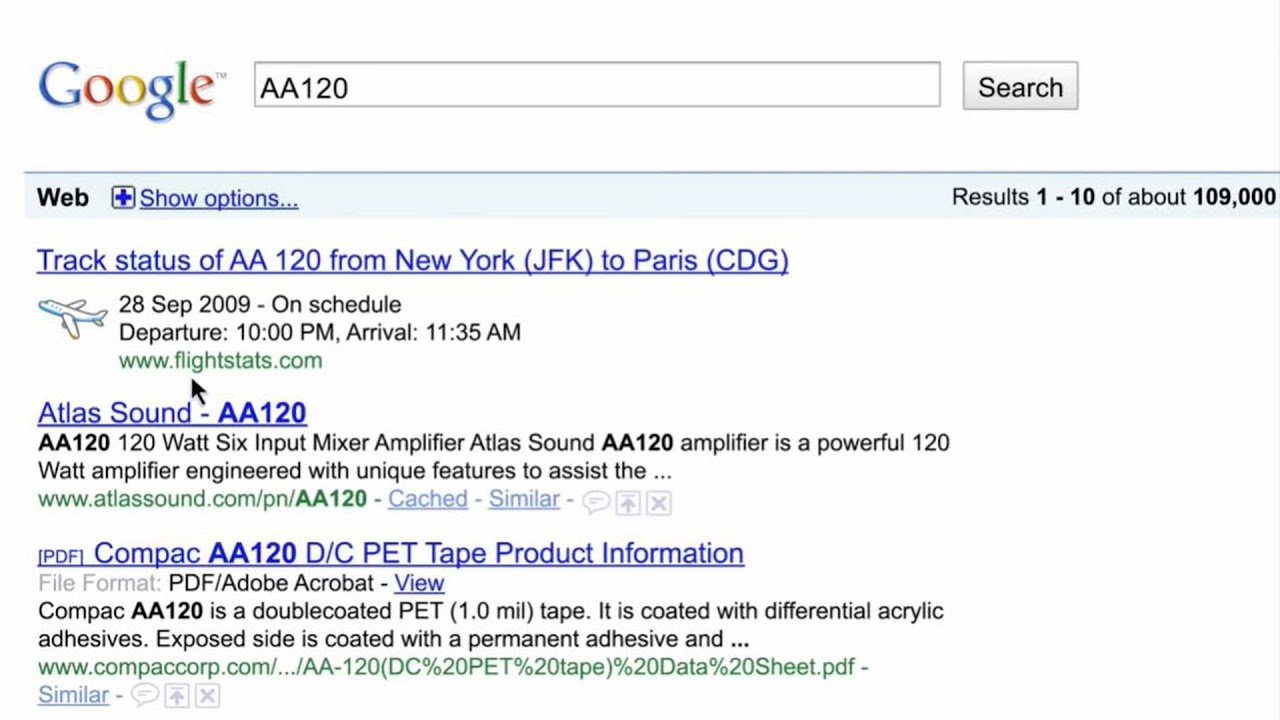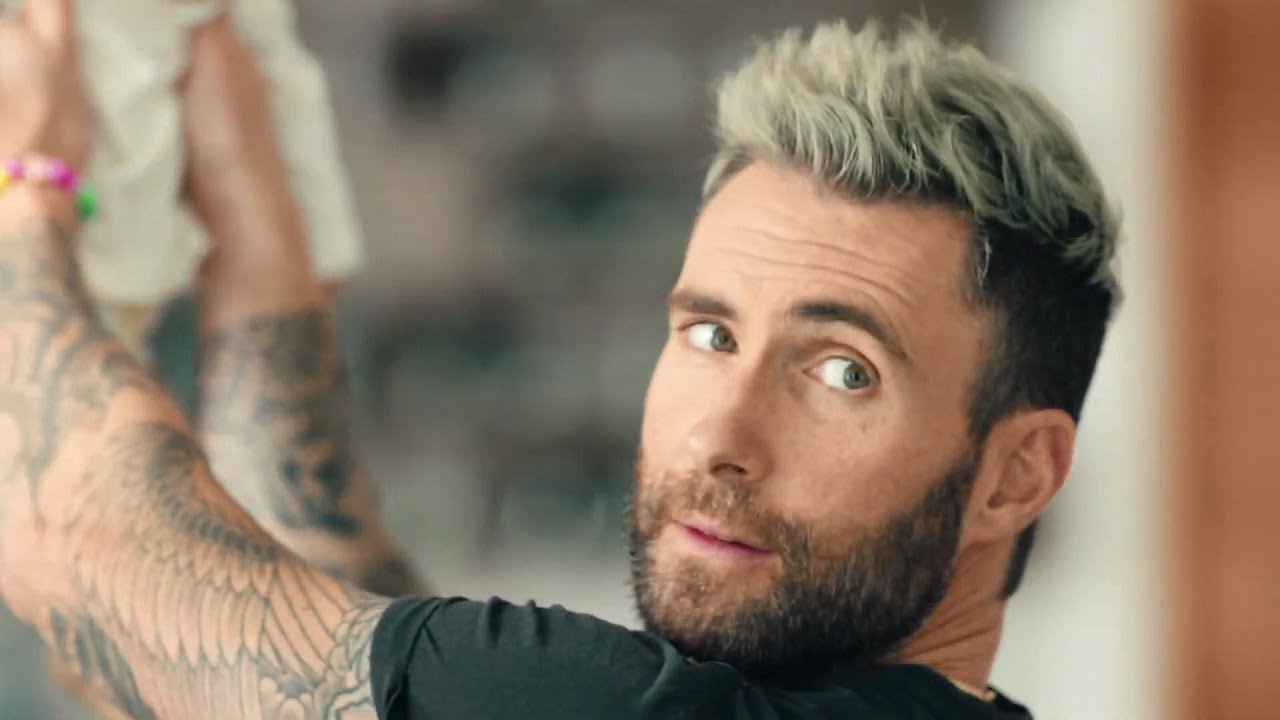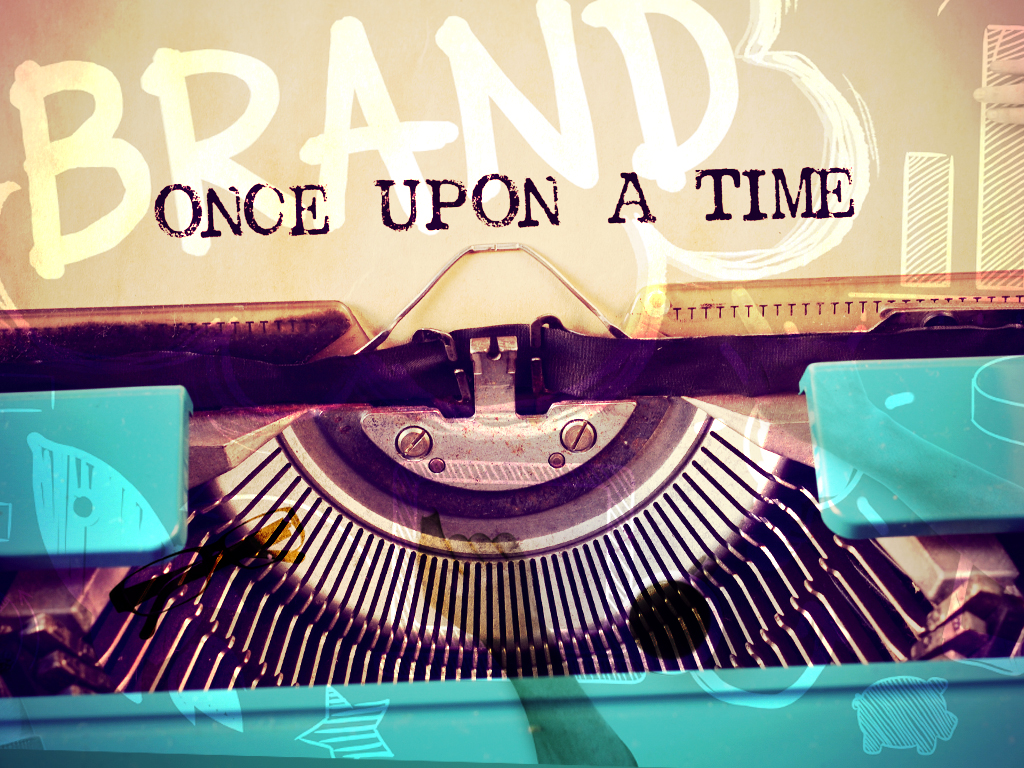The human mind lives on tales. We are hardwired to both take in and share narratives. A company's brand is best communicated through a story that encapsulates the company's values and goals.
To successfully market your product or service, you need a compelling brand story. Got it? Let's examine some outstanding examples of brand stories.
What Is Brand Storytelling?
People often mistake your marketing brainstorming sessions for the origins of their company's brand heritage. They may have a point; it may be crucial to your company's narrative. Your brand's story, though, should encompass far more than that.
The use of brand stories in advertising is becoming more common as it speaks to the deep-seated human desire for social interaction. It's a strategy in which the client, not the company or its wares, takes center stage. You may make a deep emotional connection with your potential clients when you tell them stories about your own life experiences that are relevant to them.
These bonds help spread the word about your business, maintain interest in your marketing efforts, and generate credibility. There may be some disagreement over how tobest express a brand's story, but everyone can agree that it's important.
This article will discuss the significance of brand storytelling, provide some examples of successful brand narratives, and offer some suggestions for getting started. But before we go into it, let's define brand storytelling.
Customers might feel more connected to your brand and its products or services through the use of narratives in brand storytelling. Truthful accounts that circle back to your brand's ethos tend to resonate most strongly with consumers.
Brand storytellers that are effective paint pictures of people, events, places, and experiences that connect viewers to the values that a brand stands for. The excellent ones (for example, Nike) achieve it without forcing people to listen to a direct story about their company, product, or offer.
If you sell sporting equipment or are a member of a professional sports team, you can relate anecdotes about the excitement of scoring a winning goal. Or the heartbreak of a missed free shot in overtime.
Accounts of real-life struggles and achievements, our emotional reactions to the ups and downs, and intimate peek at the lives of other humans like them all have an impact on people. As a storyteller, your job is to continually incorporate your brand and products into a wider tale that is significant to your customers.
That implies you can't merely talk about your product or brand again and over. You get to tell stories about how your work has an impact on people's lives. Share your hopes for the future. Reminisce on shared experiences.
The Most Important Part Of Brand Storytelling
What is the most vital guideline for brand storytelling? The customer is the hero, not your brand.Your brand needs to promote your audience's improvement of their quality of life in order to connect with them.
“„“You can say the right thing about a product and nobody will listen. You’ve got to say it in such a way that people will feel it in their gut. Because if they don’t feel it, nothing will happen.”- William Bernbach
How Do You Define A Compelling Brand Story?
It is possible to learn the art of storytelling, and doing so will allow us to craft more engaging stories. A great brand story, if executed properly, should accomplish the following.
- Describe the ways in which the product or service will make the buyer's life easier. Change is good, but it doesn't have to be revolutionary.
- Give it some feeling. No matter how much we try to fight it, we can't help but be affected by our feelings. People invest their moneyin products and services because of the way they make them feel or because of the benefits they provide.
- Find a way to communicate with the viewers. Your target audience is an integral part of the narrative.
- Be honest and say what's really going on. The finest brand narratives convince listeners that what they are hearing is the actual reason for the brand's existence.
The Best Practices For Crafting Engaging Brand Stories
The power of storytelling can revolutionize your company. So, how do you go about writing one?
- Consider what you might be able to weave into a narrative.What have you noticed your customers doing? Is there anything you can tell them about their experience with your product or service? A survey can be useful if you're still unsure.
- Locate the one who saves the day.One of the keys to crafting a compelling marketing story is creating a protagonist that readers can identify with.
- The hero needs something to strive for.Have in mind what it is that your protagonist really wants, and how you may demonstrate that desire.
- Throw some tension into the mix. So, what's stopping your protagonist from achieving their goals? What obstacles stand in the way of their success? Most narratives revolve around protagonists or protagonists' allies overcoming some kind of obstacle. There can be no drama or emotional journey that readers may identify with if there is no stated conflict. But if there is no conflict or development of character in your novel, it will not engage readers, much less move or motivate them. Stories that don't feature some sort of conflict just aren't very interesting. So be forthright and take responsibility for the challenges your businesshas encountered. When you own up to your flaws, consumers are more likely to like and trust your brand.
- Make it fun for the reader.In what exciting way will your protagonist finally accomplish their mission?
- Toss convention to the wind and let your hero mature.Consider how the story's protagonist and/or other characters grow and change. To make your story interesting to your readers, you must do this.
- Always go for the simplest solution. Keep your brand story concise; people can only recall three items at a time.
- Never stop improving and coming up with new ideas. Writing a compelling story takes time; some estimates put the average amount of time needed at several years.
Examples Of Brand Stories
Okay, enough with the theory. Let's look at some good examples of brand stories.
Some brands, like TOMS shoes, have a meaningful story built into their company and product DNA, while others have to come up with a creative story to make their product meaningful (e.g. most enterprise SaaS companies). Some of the best brand storytellers in the world are shown below.
Google, Parisian Love

Parisian Love
Google was established in 1995 under the moniker Backrub, making it a relatively new company. After a swift name change, it quickly surpassed the competition and entered common usage.
Even though Google is all about advertising, its search features are rarely promoted on the screen. When it does, the sales pitch is silenced and human tales are the main focus. Few calls to action are featured in Google advertising, and brandingis kept to a minimum. The idea that it can improve your life is consistent with the brand.
The three acts of Parisian Love are told utilizing the advertised item. We follow the narrative of a young man who, we assume, is Googling his French adventure, starting with studying abroad, moving to France, finding love, and eventually raising a family. Instead of seeing the main character, we just get to hear sound effects and listen to their Google search history being played.
Apple, 1984

Apple - 1984
According to Steve Jobs' infamous quote, "It's better to be a pirate than to join the navy," many of Apple's most important product introductions were characterized by this mindset. The TBWA Chiat Day and Ridley Scott-produced, instantly recognizable commercial helped to make Apple a household name during the Super Bowl.
The $650,000 advertisement, which was based on George Orwell's dystopian novel, included a British discus thrower as the lady who prevents throngs of men from mindlessly obeying a dictator's on-screen commands.
However, it nearly didn't air. It was actually one of the least successful commercials ever, according to test groups.
Pampers, Stinky Booty
Victor Mills, a Procter & Gamble researcher, set out to create a disposable diaper in 1956 because he was tired of having to change his grandson's cloth diapers. Pampers is a well-known company with a large fan base today. The company's core values are joyful, healthy development for all newborns. This permeates everything of their storytelling, from the packaging to the advertisements that feature contented, laughing babies of every gender and race.
John Legend transforms his baby's bottom in this Pampers and Friends at Work ad campaign with the help of the diaper brand's products and a community of singing parents.

2019. Pampers - Stinky Booty Duty (John Legend, Adam Levine, Chrissy Teigen) [Super Bowl]
Pampers uses the star power and vocal prowess of John Legend and Adam Levigne to dispel social preconceptions by demonstrating that guys can change diapers, too. Do you want a medal for this? Chrissy Teigen, the current Twitter doyenne, is the actual star of this advertisement. The message is gently conveyed to the audience that if it's good enough for a celebrity's baby bottom, it must therefore be good enough for mine.
Nike

Air Michael Jordan Nike Commercial retirement 1999
In the 1990s, Nike made a name for itself by telling compelling stories. In 1999, they produced a superb commercial to honor Michael Jordan's career. Nike let Michael Jordan's tale stand on its own at a time when everyone was pressing a hard sale (because TV airtime was expensive).
All that was left of their brand was the words "Just Do It" and the swoosh at the end. Nike was only a small part of the conversation, but the story managed to create an emotional bond between the fans and the athlete.
Today, Nike uses Instagram to deliver interesting video and image advertisements that we can all learn from. What would the "Best Day Ever" in international sports look like, in your opinion? With this video advertisement that features amateur runners waking up to run, female athletes launching computer games, and running shoes developed from seed, Nike did it first.
You can read about everything from a collegiate athlete overcoming starting line anxiety to getting advice on how to encourage your children to fall in love with the movement on Nike's site, which is full of "stories that move you."
These narratives don't make overt product pitches. They provide information, motivation, and solutions. Athletes can relate to this style of brand storytelling, which over time increases customer awareness and loyalty.
You may learn from them and begin to aim for the substance of their storytelling even though you will never have a budget that even comes near to their $34B marketing approach.
People Also Ask
What Is The Purpose Of A Brand Story?
Your brand's backstory explains how you came up with the idea for your company, what drives you to do your work each day, why your customers should care, and why they may put their faith in you. The brand's backstory is a powerful tool for establishing rapport and credibility. Descriptive stories are powerful because of the way our brains process them, as demonstrated by scientific studies.
How Do You Identify Brand Stories?
- Understand Yourself. According to Lisa Barone, CMO at creative firm Overit, the first step for brands is determining who they are.
- Maintain a Clear Vision.
- Find Your Target Market.
- Focus Your Knowledge.
- Discover Your Narrative.
- Maintain Simplicity.
- Be a person.
- Don't Evangelize Unless You Have It.
How Long Should A Brand Story Be?
Six seconds is all you have to get your buyer invested in your brand's story. To answer your question: yes, in precisely six seconds. There are only approximately six seconds to get the attention of your target audience and convince them to keep reading about what you have to offer.
How Can Social Media Tell A Brand Story?
- DO use striking, original, and relevant visuals for your brand.
- Don't just use #hashtags because you think it's cool.
- Allow the people to share YOUR tale from THEIR perspective.
- Avoid isolating yourself so much that your story becomes unreadable.
- DO let your words outshine your narrative.
To Sum It Up
When developing your brand story, you shouldn't just concentrate on conflict. The status quo and resolution are the two other essential components of a compelling story.
The current circumstance is as things are or how they were when you first found yourself in it. The protagonist (your brand) is forced to actively look for a solution to this dilemma once the conflict upends the situation and puts something at risk. The resolution gives your viewers an emotional payoff by describing how the protagonist resolves the issue.
In summary, the framework of your brand's story should be as follows: status quo, conflict, and resolution. That's all there is to it.

